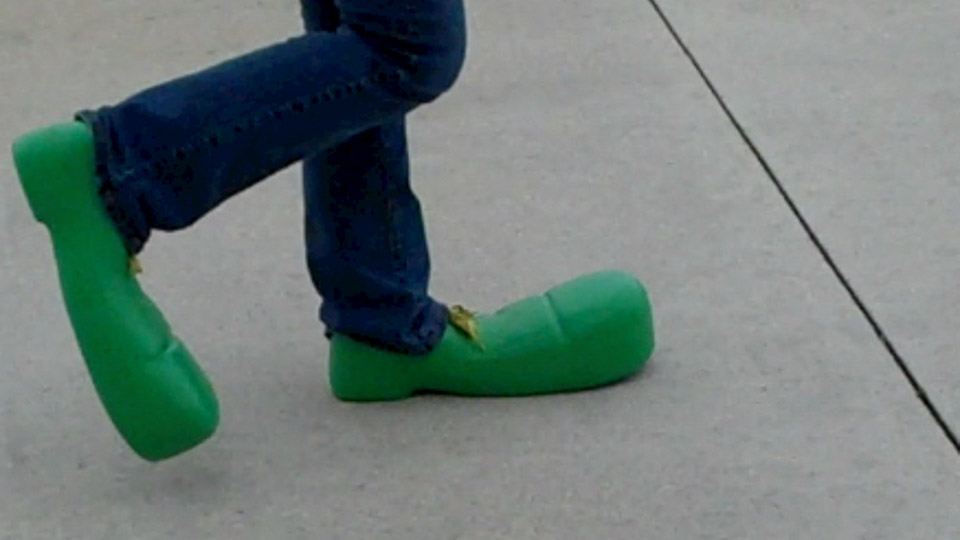
Horse Locomotion And Soundness – Caudal Heel Pain
There are some key points in the article tab
Welcome to this topic page. Right now I have not written an article and summary but be sure to check for images in the gallery.
As time moves on I am adding summaries and articles, videos and podcasts so eventually there will be something on every topic. Please be patient but if you are impatient, please contact me to encourage me to work on a specific topic. Go to the forum for “New Content Requests” and I’ll get right on it. Thanks for visiting this topic page. Doc T
**CONTINUED IN ARTICLE TAB**
Related material – Sometimes I have a lot of material here that I have written, podcasted, video blogs and other things. They will be listed in this tab.
Use the browser back button or menu to return to the index of topics.
⬇︎ CLICK ANY IMAGE BELOW TO REVEAL MORE INFORMATION ⬇︎
Here are the KEY POINTS about navicular syndrome in horses:
- The current term is “Caudal Heel Pain” because of the many different causes but 1 area affected.
- A lot of research has gone into accurately diagnosing the origin of caudal heel pain.
- The overall root of caudal heel pain can be associated with a steep pastern angle and a low heel / long toe hoof.
- Understanding the vector forces on the hoof is not complicated and can help in understanding how to prevent caudal heel pain.
- Prevention is important because once a horse develops caudal heel pain, it usually is degenerative and a lifetime of pain.
- Additional tables
- Links to other in house articles
- Links to outside articles
- Reference material used in developing this topic.


When you say parallel is ideal…I assume you mean after the heel has expanded under full weight during movement. When the horse is moving especially at the canter the heels will expand and lower even with adequate frog support or protective shoeing …setting-up a zero palmer angle with the horse standing will result in a negative palmer angle when moving.
Most of the leverage you describe at the toe has little consequence in arena footing…the major culprit here is the toe first landing which causes the deep flexor muscle to be engaged during the impact phase of hoof flight applying excessive pressure to the tendon and navicular bone. Learning to recognize when this muscle is engage during hoof-fall is crucial in understanding how to forecast and prevent navicular problems.
If I where to prioritize your five things to look for it would be: 1. Tubulars Parallel to each other 2. Short Toe 3. Low Heel is fine…under-slung heel VERY BAD 4. Broken hoof axis …should not effect soundness especially in arena footing (symptom…not root cause) 5. Radiographs only to check bone loss…should NEVER be used to balance the hoof…learn to read the five basic hoof structures.
My analysis is based on static forces and not dynamic which would include axial rotation, deformed hoof capsule from normal or abnormal loading, or riding surface.
Looking at the static vectors of force however tells a lot in predictive value for future ability to withstand the dynamic changes in vectors. But there is more.
The reason the broken pastern-hoof axis is so important (as well as long toe and low heel) is that it leads to muscle fatigue of the flexor tendons. As the muscle fatigues with work the tendons begin to “snap” leading to heat production and subsequent injury. In addition, resonating soft tissue from limb fatigue also leads to heat production and damage. This leads to an overall instability – all on a level not seen by our eyes until the fluid leaks into the tendons and ligaments and seen with the ultrasound.
You are correct on symptoms of navicular, “muscle fatigues with work the tendons begin to “snap” leading to heat production and subsequent injury”…and that a healthy hoof should not have a broken pastern-hoof axis. But one should never make any judgment in a static view of the broken pastern-hoof axis which has little effect most times on the leverage..thus my point about soft arena footing.
More importantly static view should never used as judgment to raise the heels. While it’s very important to shorten the toe, the heels cannot be raised until the internal structures are ready to accept it Excessive raising of the heels when the internal structures (lateral cartilage) are not ready to accept the changes can cause articular fracture of the palmar process (wing) of the distal phalanx. Raising the heels too soon most times creates more caudal hoof pain caused by the shoeing to raise the heel, the horse will often develop a “stabbing” or toe first landing.
It is best to determined and fix the heel palmer location and the amount of distortion in the bars. If we see a zero palmer angle or broken pastern-axis assessed in static view after trimming we need to control the terrain (pea gravel footing) so the horse can position the heel and move comfortably and safely.
It is more important that we assess the hoof dynamic, the toe first landing is the root cause of navicular…period. Fixing the stride by relieving caudal hoof pain is the only way to resolve and most times reverse this condition. It’s the same approach you use in dentistry relieve pain to balance the horse’s bite.
Those three videos were the most concise, easy to understand, information on Caudal Heel Pain on the Internet. THANK YOU.
Thank YOU for watching and commenting. 🙂